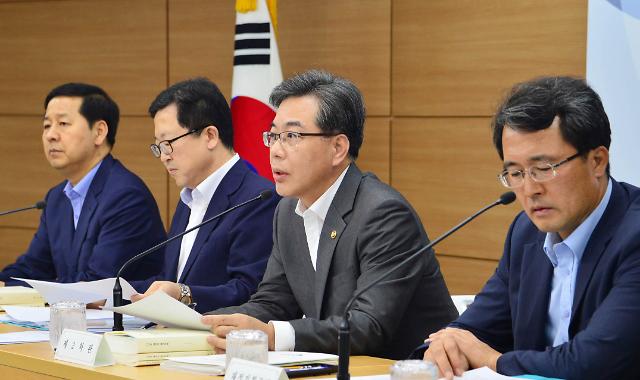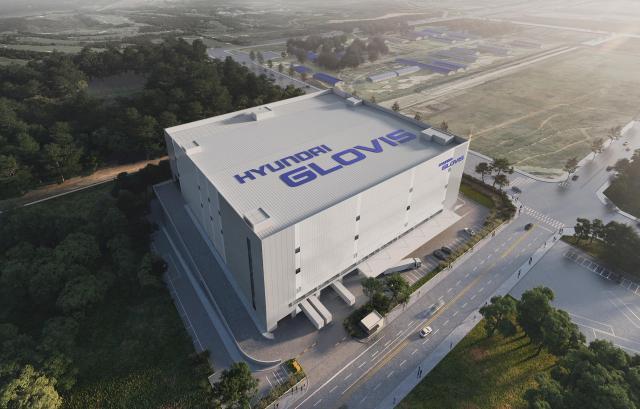
Vice Finance Minister Song Eon-seog (Center) speaks about South Korea's economy.[Yonhap News Photo]
The government's decision to expand its budget for 2017 comes as it seeks to prop up South Korea's economy faced with sagging exports and rising financial uncertainties stemming from a possible US rate hike, officials and analysts said.
The government's 2017 budget proposal calls for a 3.7-percent on-year rise with spending hitting 400.7 trillion won (358 billion US dollars), surpassing the 400 trillion won plateau for the first time in history.
The increase is based on an estimated 6 percent gain in total revenue which should hit 414.5 trillion won, including 241.8 trillion won in taxes collected.
"The government is trying to keep fiscal expansion possible in the short term to create a virtuous circle. Increased government spending stimulates the economy and then helps the government have more revenue," Vice Finance Minister Song Eon-seog said. "We seek a stronger fiscal policy role in dealing with a downbeat economic cycle."
The finance ministry earlier predicted that the South Korean economy will grow 3 percent in 2017, slightly better than its projection of 2.8 percent growth for 2016, hindered by sagging exports and rising uncertainties in the financial market.
The country's outbound shipments, a key growth engine, plunged 10.2 percent in July from a year earlier, extending its losing streak to a record 19th consecutive month since January 2015, due largely to contracted world demand and low oil prices.
The figure is also expected to post negative growth in August, given that it fell 0.3 percent on-year in the first 20 days of the month amid a global slowdown and a strengthened local currency.
A looming rate hike by the US Fed is expected to fuel the gloomy outlook, as escalating uncertainties throughout the world will weigh heavily on world trade and drag down the highly export-dependent South Korean economy even more.
Consumer spending, another driver of the country's growth, has continued favorable growth on the back of the government-led excise tax cut program and increased fiscal spending in the first half.'
Retail sales soared 8.9 percent in June from a year earlier, up from a 5.3-percent jump tallied in May on the back of stellar sales of passenger cars. The government-led tax benefit program, which ended on June 30, drove car sales to post a 20-percent on-year surge for the final month of June.
But it has not been enough to fully offset the slump in exports in the latter half of the year and next year, with the excise tax cut effect dissipating and corporate restructuring taking its toll.
The focus of the 2017 budget is placed on creating more jobs and bolstering the country's growth momentum by overhauling the economy's structure.
Seoul earmarked 17.5 trillion won for job creation, up 10.7 percent from this year, with its overall spending in the welfare, health and labor sectors rising 5.3 percent on-year to 130 trillion won.
In addition to creating more jobs, the government aims to push up defense spending by 4 percent to 40.3 trillion won to build up its own "Korea Air and Missile Defense" system to deal with evolving North Korean missile and nuclear threats.
Some 39.9 billion won will be used to equip all military barracks with air conditioning systems as part of the government plan to improve the quality of life for soldiers.
Budgets for education and public safety also rose 6.1 percent and 3.1 percent, respectively, with a 6.9-percent gain for culture, sports and tourism areas in a run-up to the 2018 PyeongChang Winter Olympics.
(Yonhap)



![[OPINION] Assessing the trajectory of Chinas Economy: Growth or decline](https://image.ajunews.com/content/image/2024/01/31/20240131173956149557.jpg)
